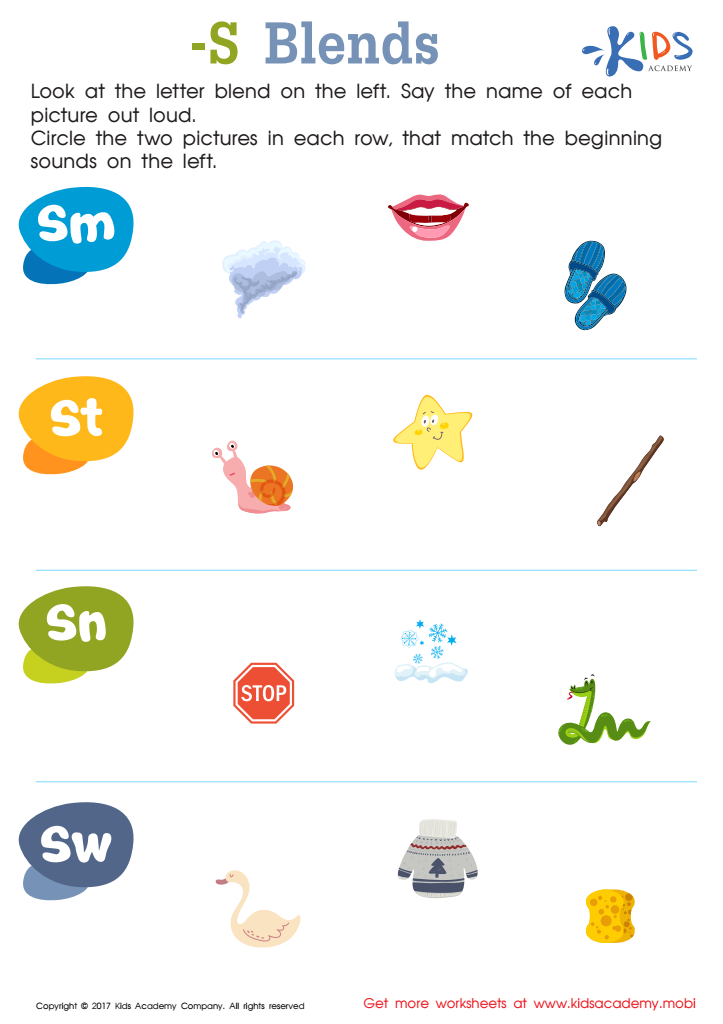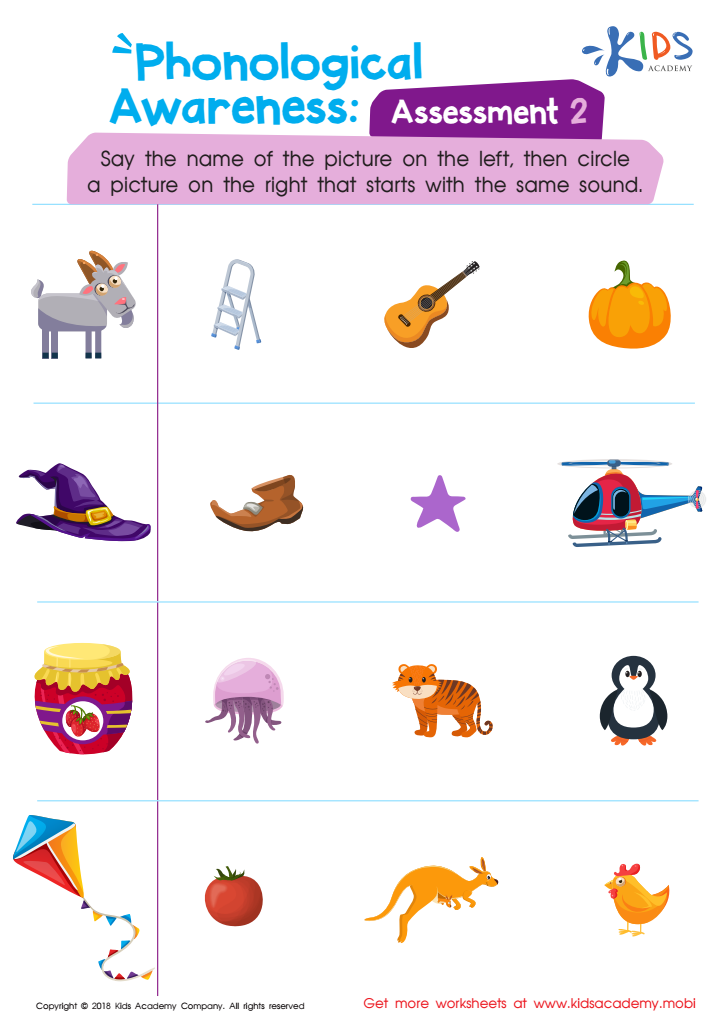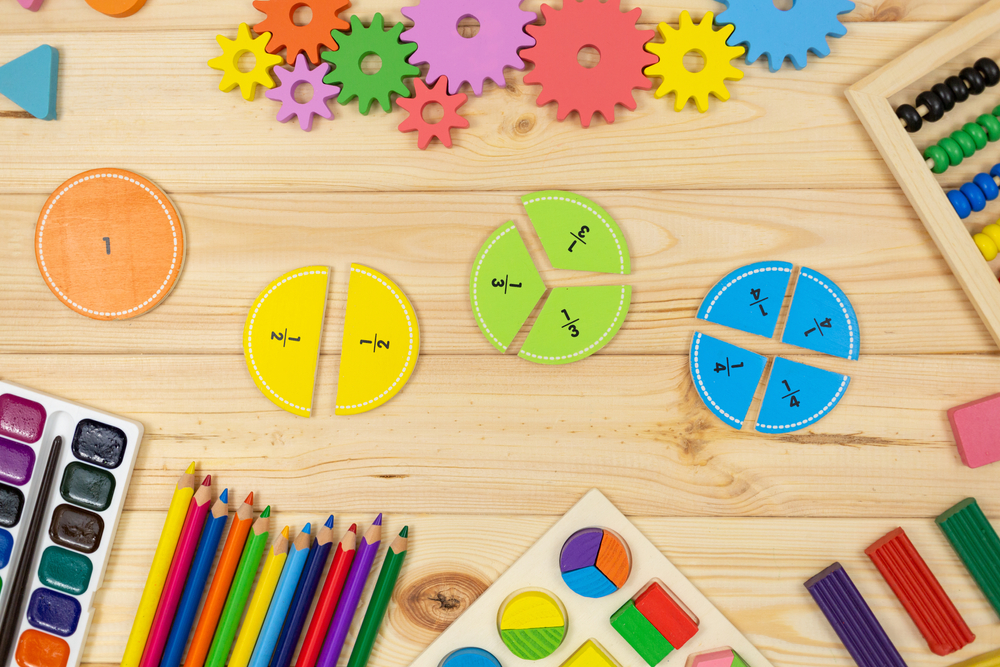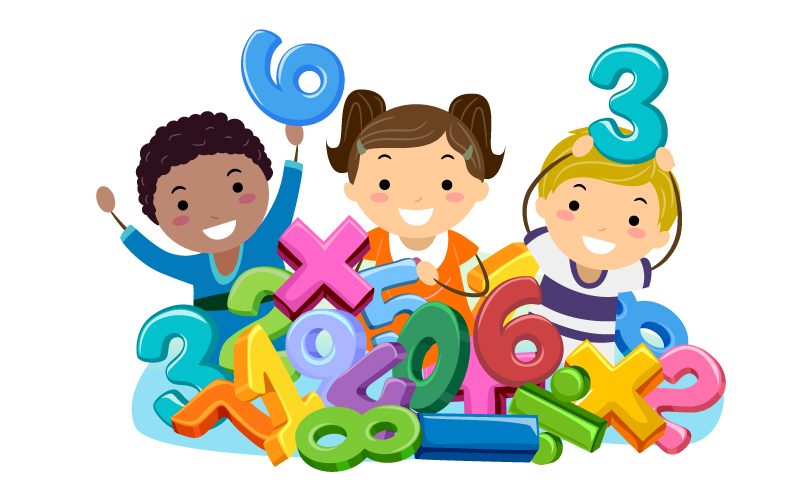Blending sounds Worksheets for Kids
2 filtered results
-
From - To


"s" Blends Spelling Printable


Phonological Awareness: Assessment 2 Worksheet
Question/Answer
What does the Blending sounds skill mean when it comes to Grade 1 Grammar learning?
The Blending sounds skill in Grade 1 Grammar learning involves combining individual sounds (phonemes) together to form words. For example, blending the sounds /c/, /a/, /t/ to form the word "cat". This skill is crucial for reading development, helping students to decode new words and improve their reading fluency.
How to train the Blending sounds skill in Grade 1 students learning about Grammar?
To train blending sounds in Grade 1 students, start by introducing individual phonemes (sounds) clearly. Then, gradually combine them into simple syllables and words. Use visual aids, such as letter cards or blocks, for visual reinforcement. Practice with games that involve blending sounds to form words, and encourage repetition to reinforce their learning.
Why is the Blending sounds skill important for Grade 1 students?
The blending sounds skill is crucial for Grade 1 students because it is foundational for reading proficiency. This skill enables children to combine individual sounds (phonemes) together to form words, facilitating the recognition of familiar words and decoding of new words. Mastering blending sounds supports reading fluency and comprehension, essential components of early literacy development.
 Assign to the classroom
Assign to the classroom










